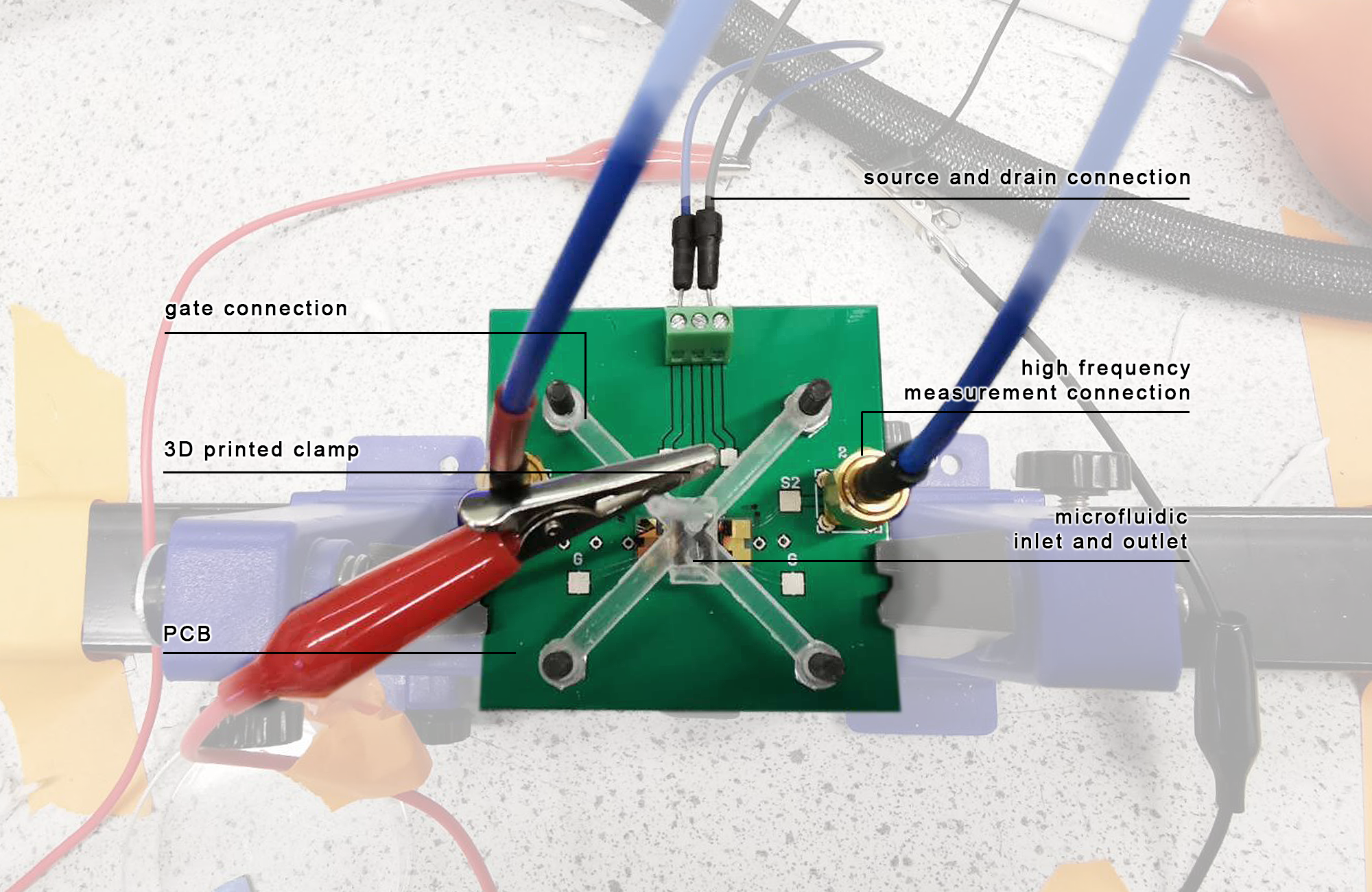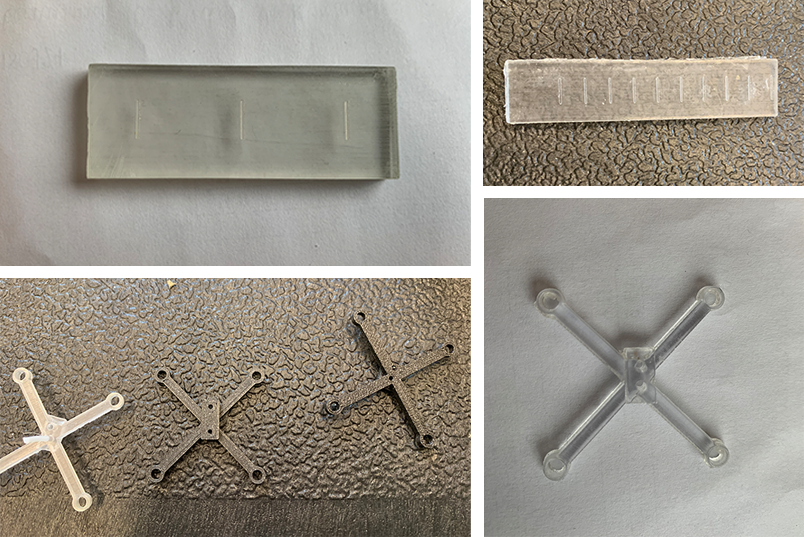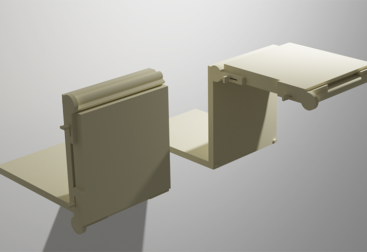PhD work at Imperial College London: Building a graphene biosensor and measurement system
My PhD project involved conceptualising, developing and testing a graphene biosensor for the label-free detection of cancer biomarkers. This was developed as an electrical sensor that used graphene in a field-effect transistor (FET) structure. The basic principle is based on graphene’s superior conductivity properties. When graphene is exposed to external stimuli, in my case the attachement of specific biomolecules, its electrical properties change. This change can be registered on an electrical readout as graphene gives a distinct current-voltage curve upon measurement in an FET structure.
As well as chemical modification, research into antibody-antigen interactions and specific biofunctionalisation, my goal was to build a whole measurement system that would allow for electrical measurements in solution. To work, electrical detection would have to occur in a liquid environment as cancer biomarkers are present in bodily fluids such as plasma, blood and saliva. However, electrical components and certain surfaces had to be isolated from the liquid to prevent short circuit. To overcome this, in-house polydimethylsiloxane microfluidic channels were designed and made using 3D printed negative moulds to contain the sample of liquid and protect sensitive electrical components.
A 3D printed clamp (at one point laser cut acrylic), made of a few separate parts, was also designed and built to secure the microfluidics in place whilst ensuring easy introduction of liquid to the measurement system. As I tested the sensor under DC and high-frequency measurements, a PCD board was also included which made it easy to connect to the various measurement equipment (sourcemeter and vector network analyser) and control panels.



Over the course of 4 years, the design went through several iterations before reaching a robust measurement system. It is still being tested and optimised to this day. Of course, this was still only part of the project and a lot of work also went into: chemically treating the surface for appropriate use with biomolecules, materials characterisation, graphene synthesis and transfer onto silicon substrate. Further details can be found by reading my research publication. This work also links another portfolio project: the design and building of a high frequency measurement system for graphene characterisation.





